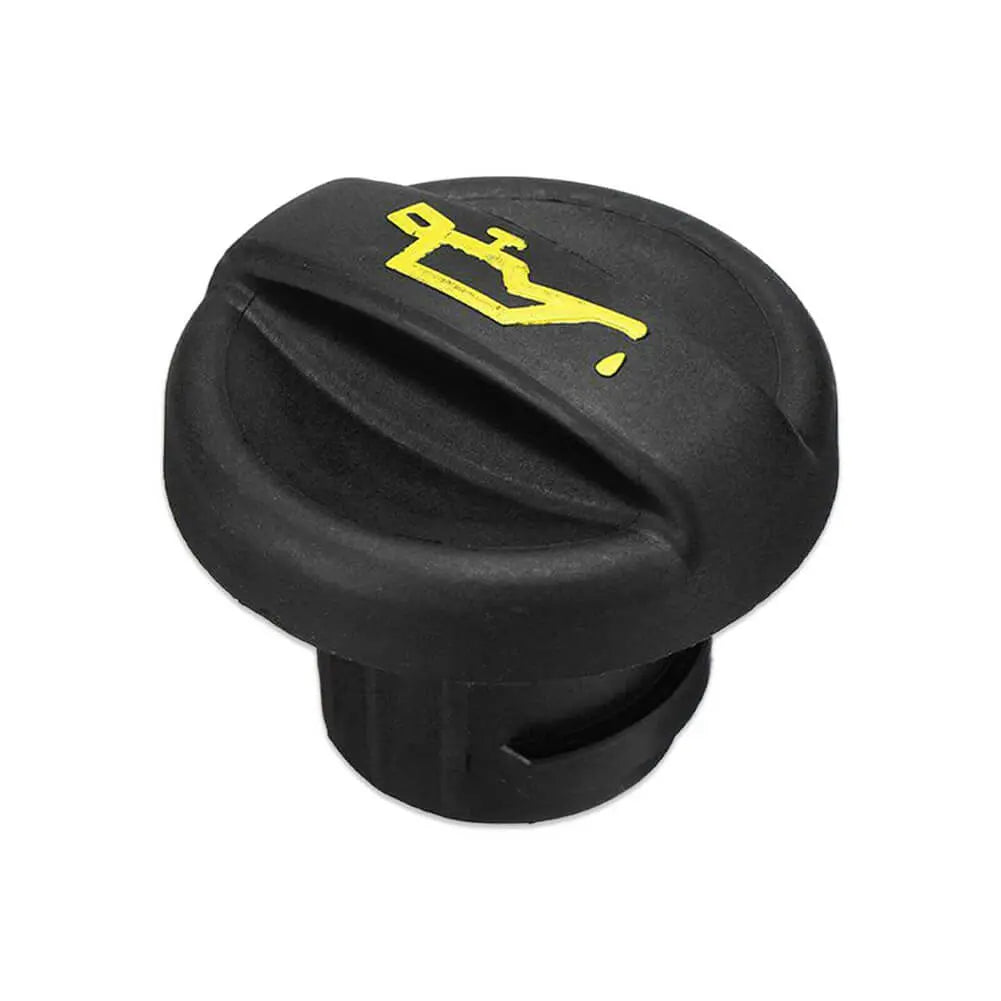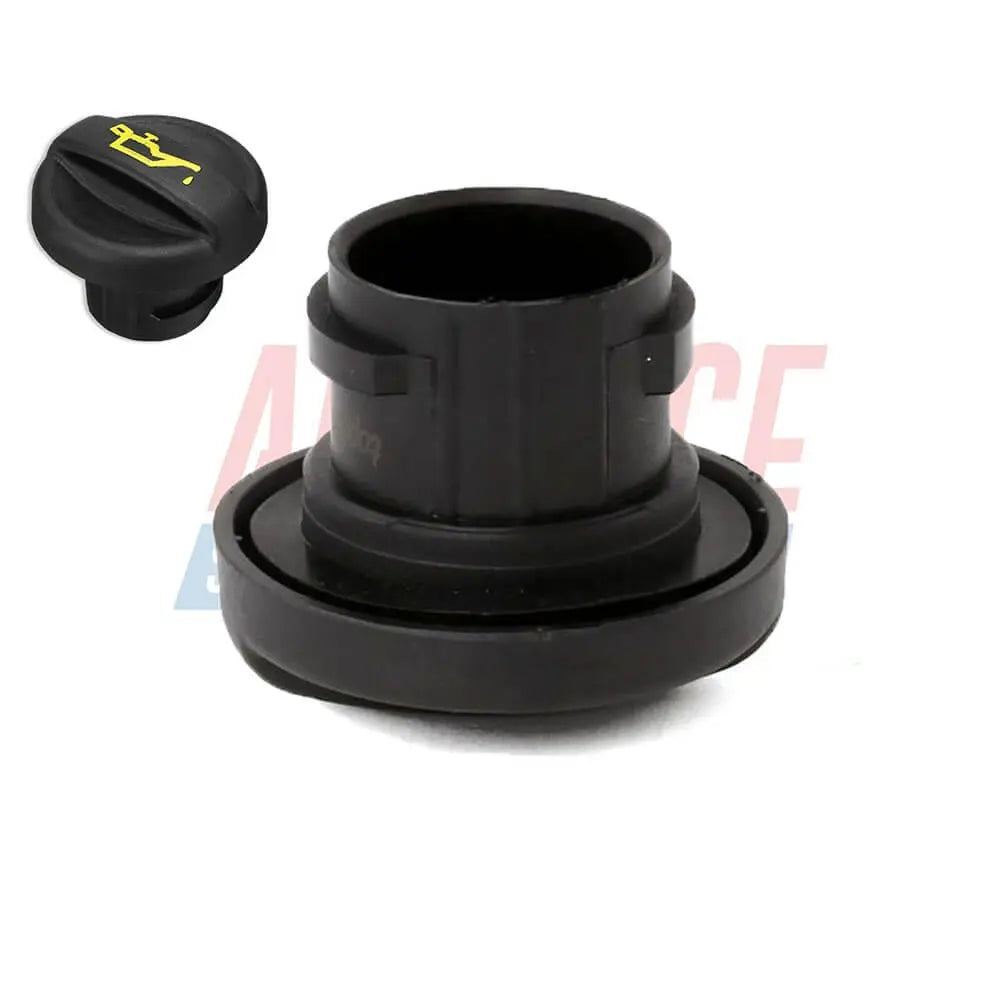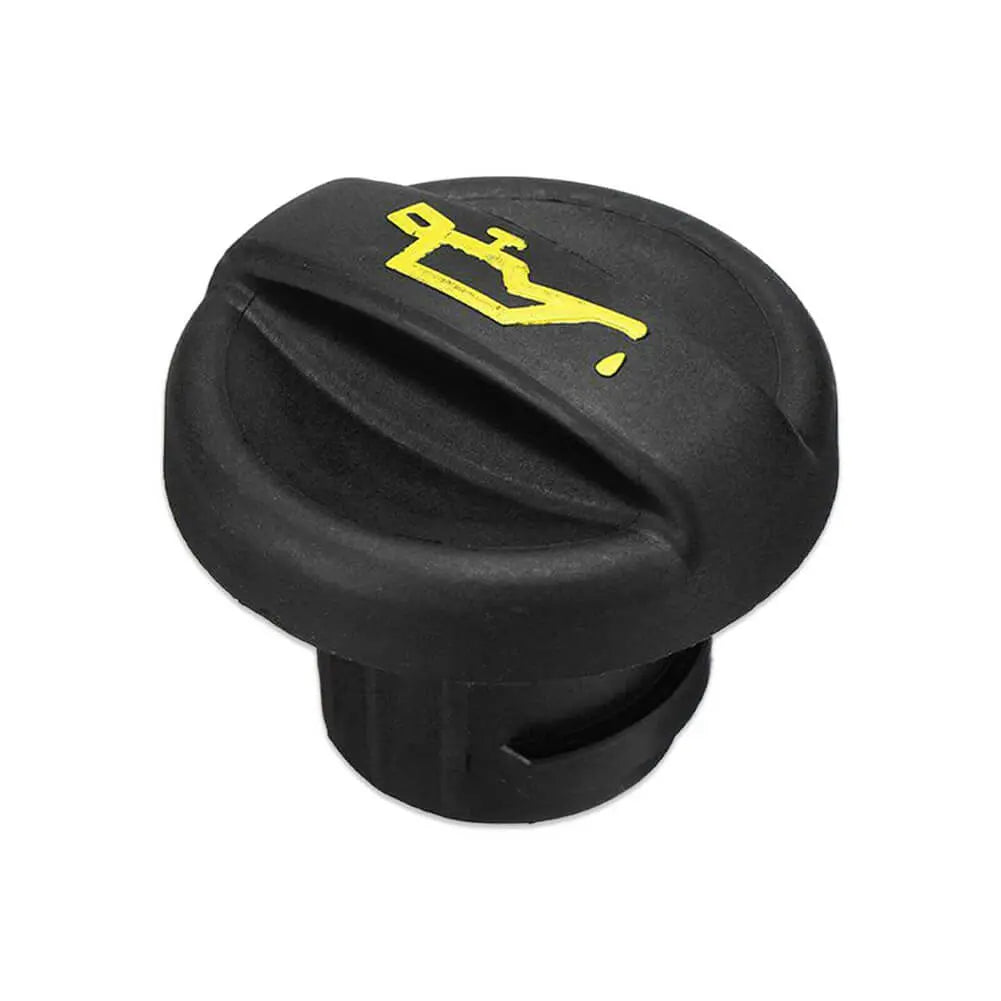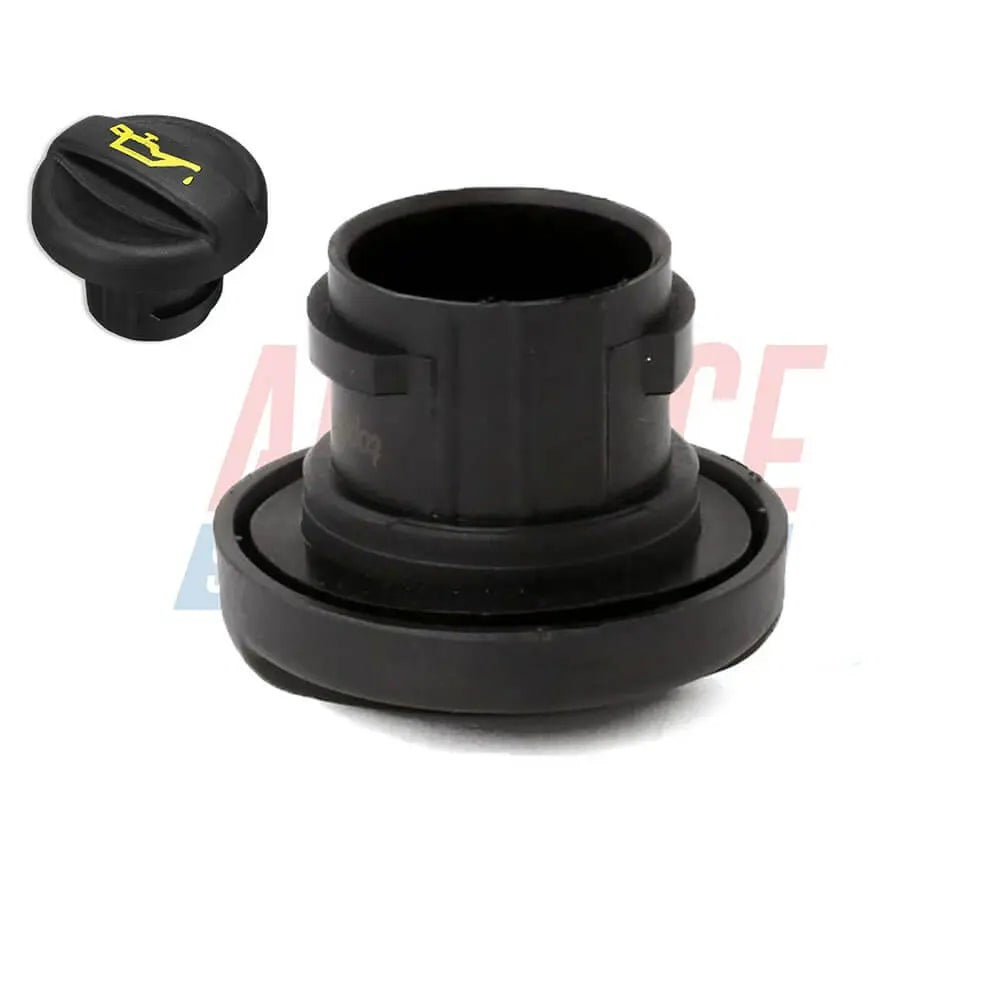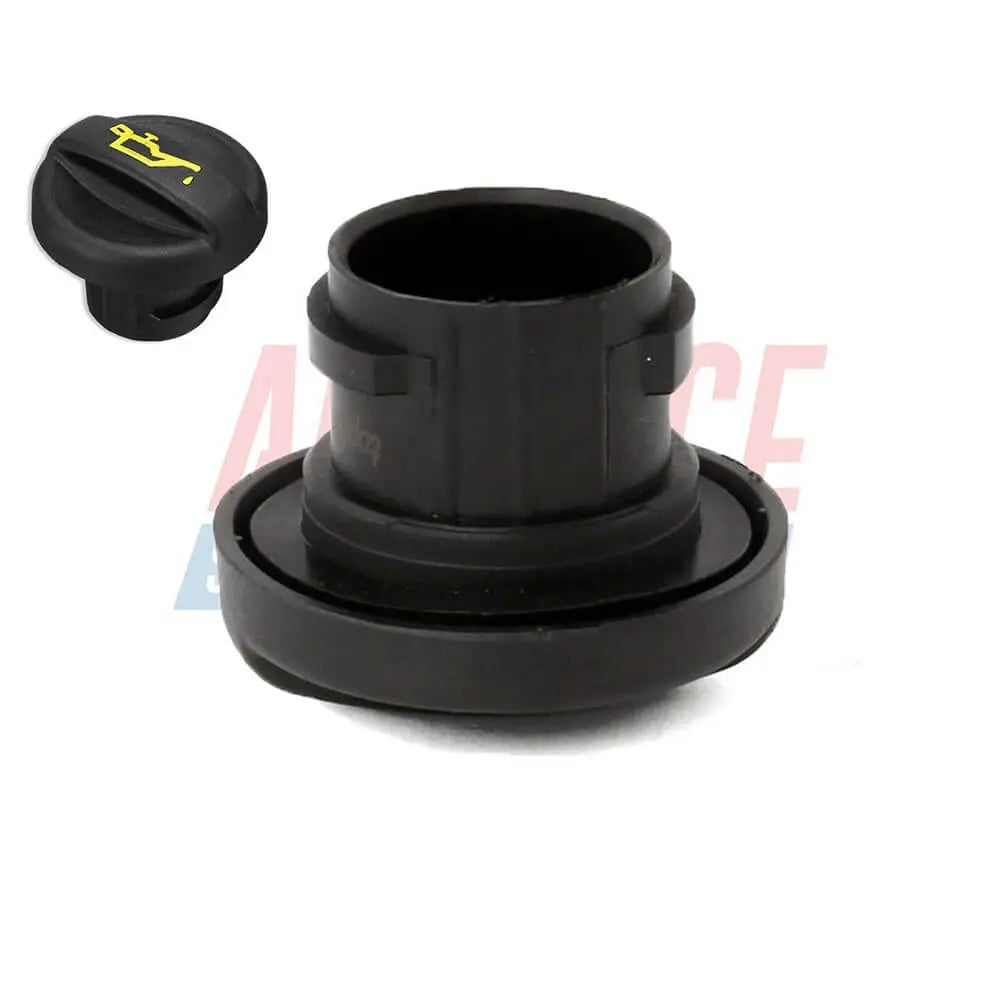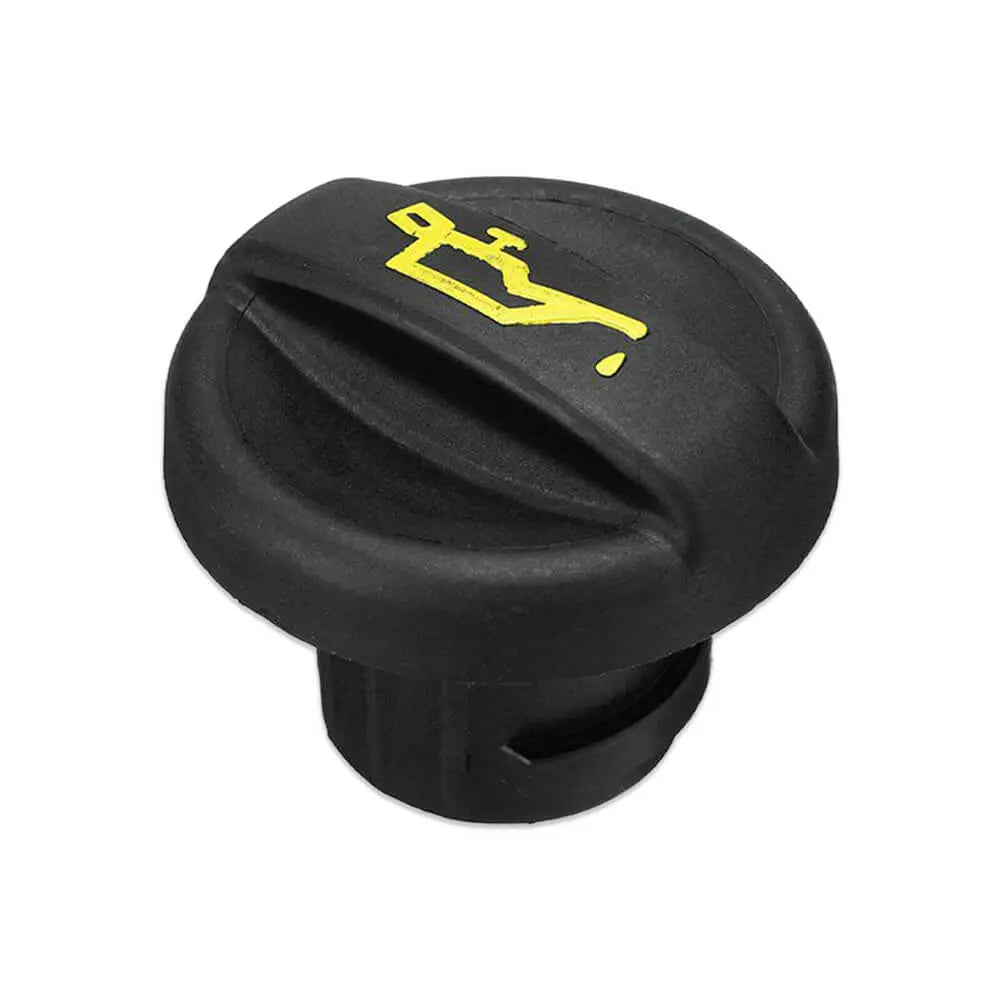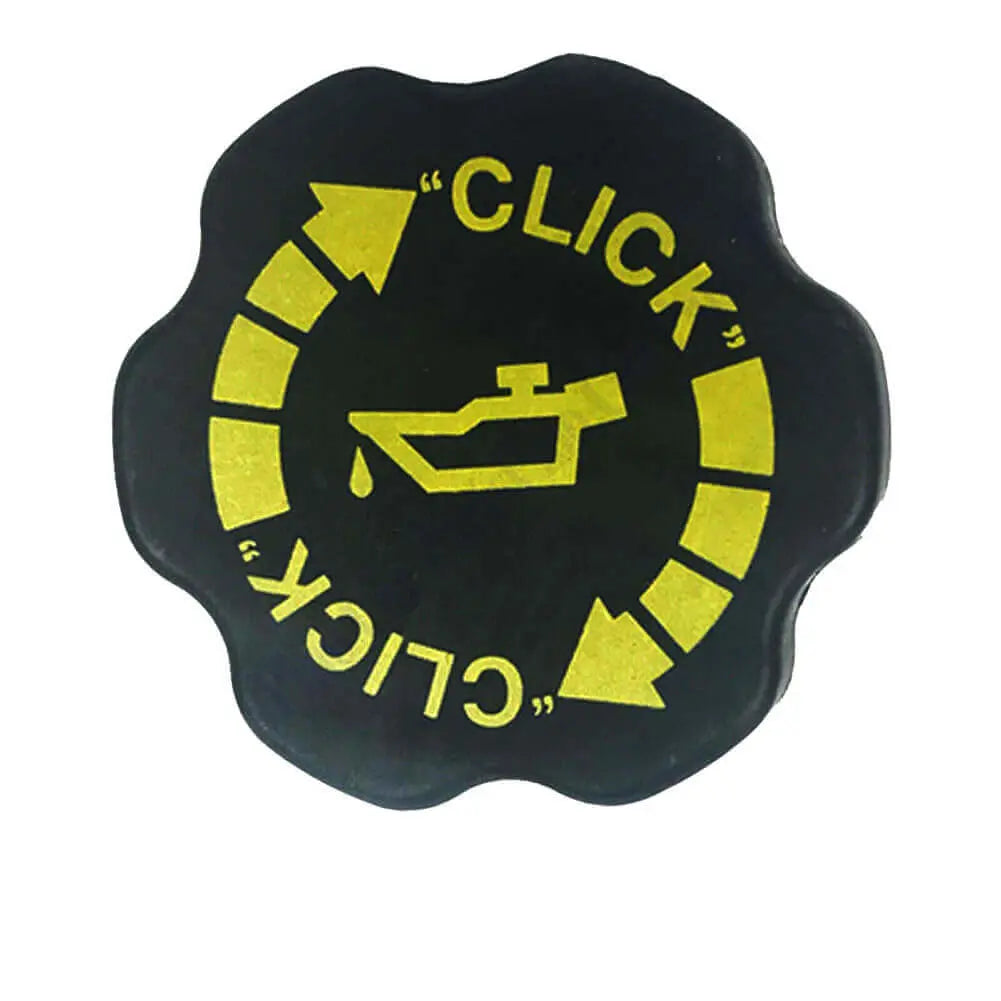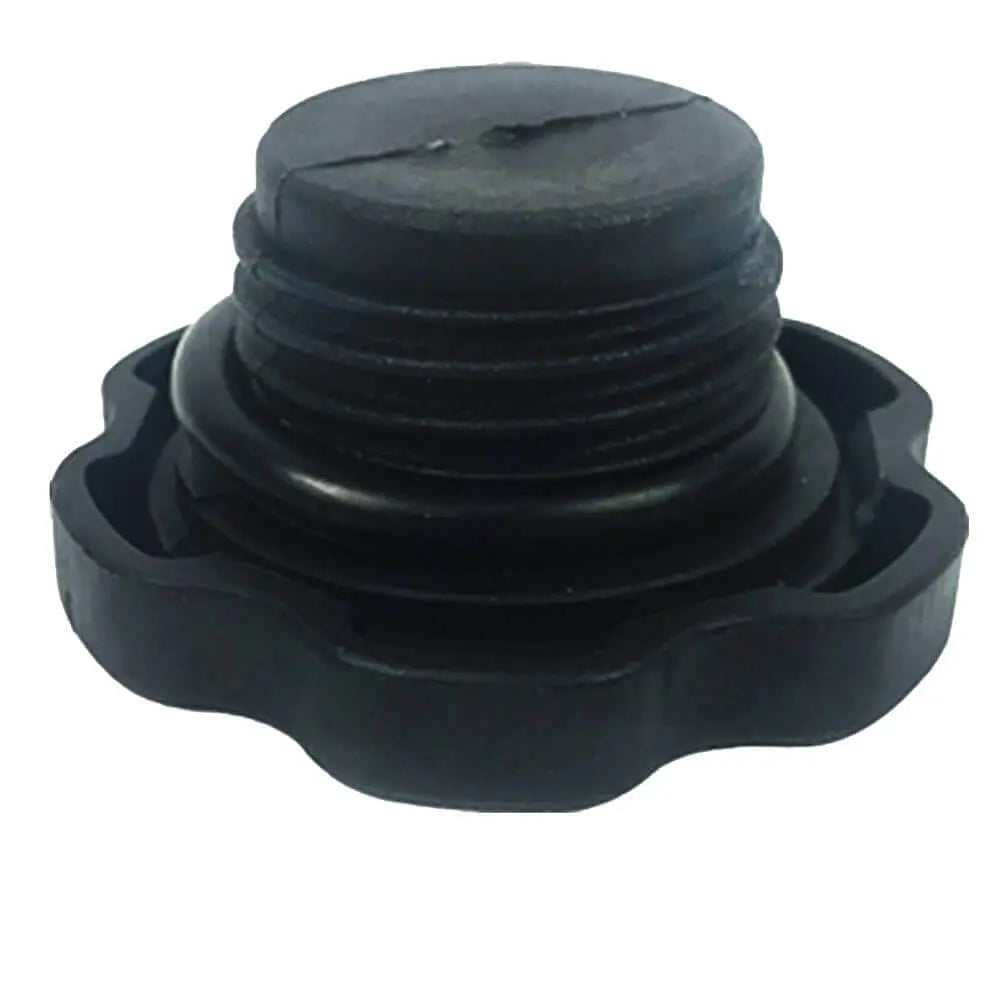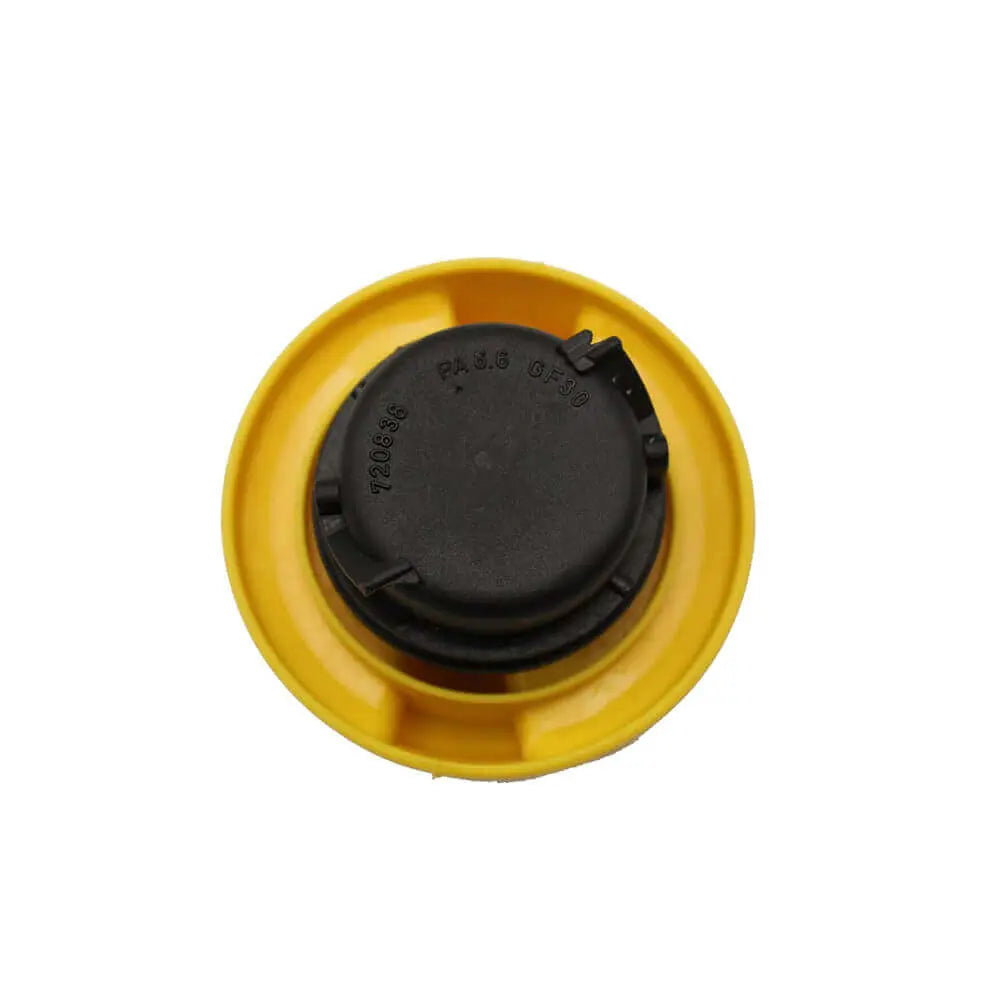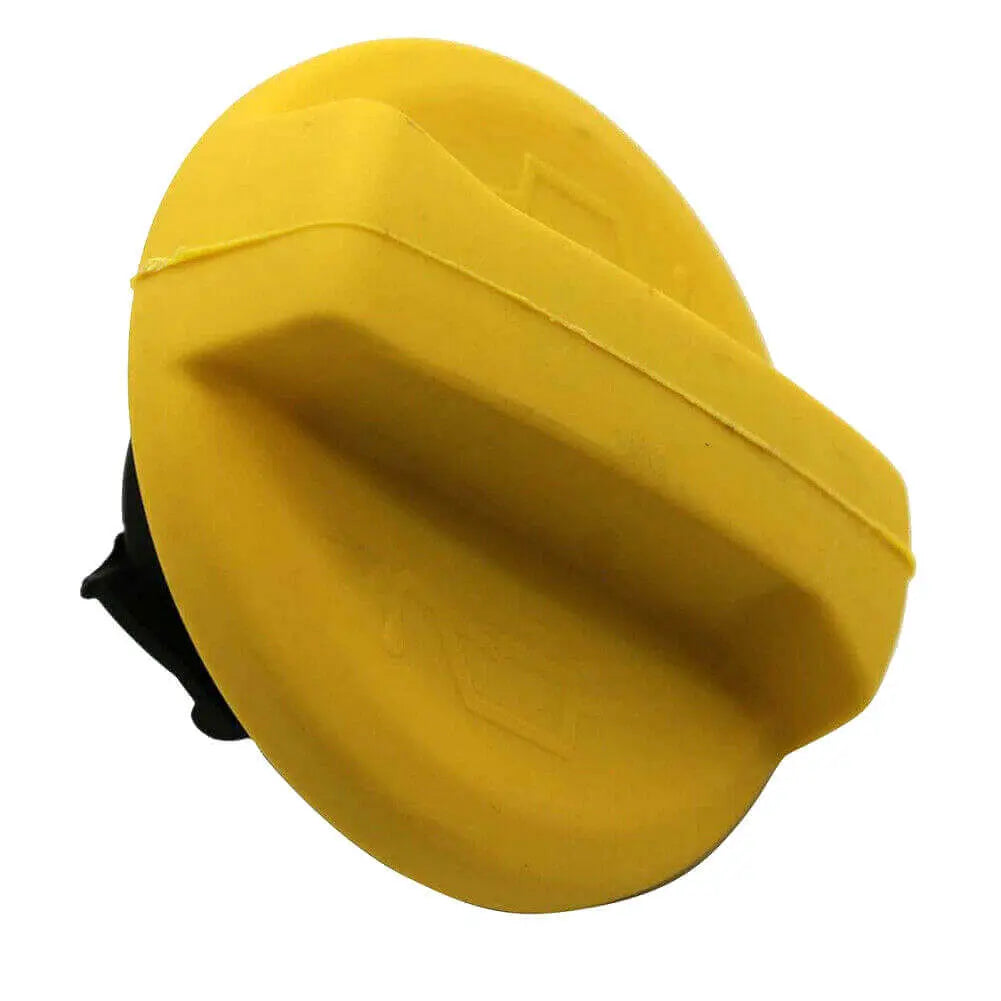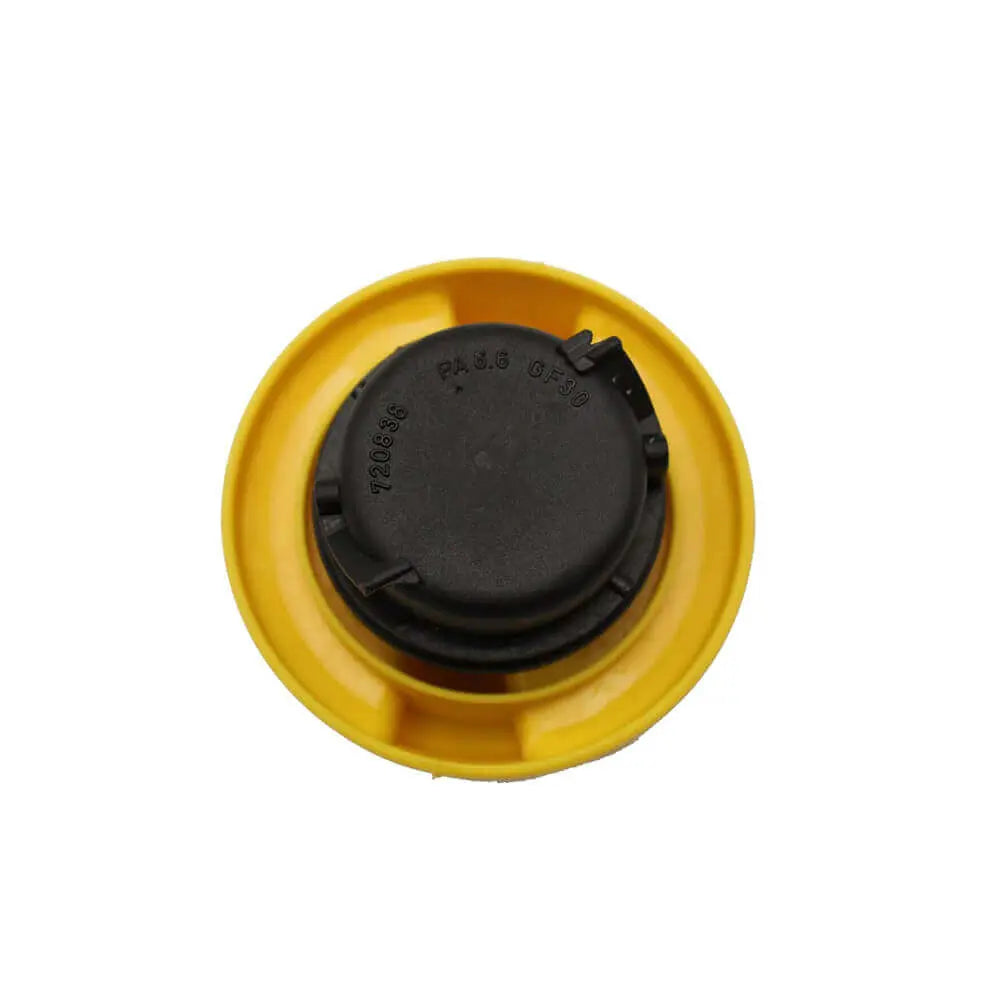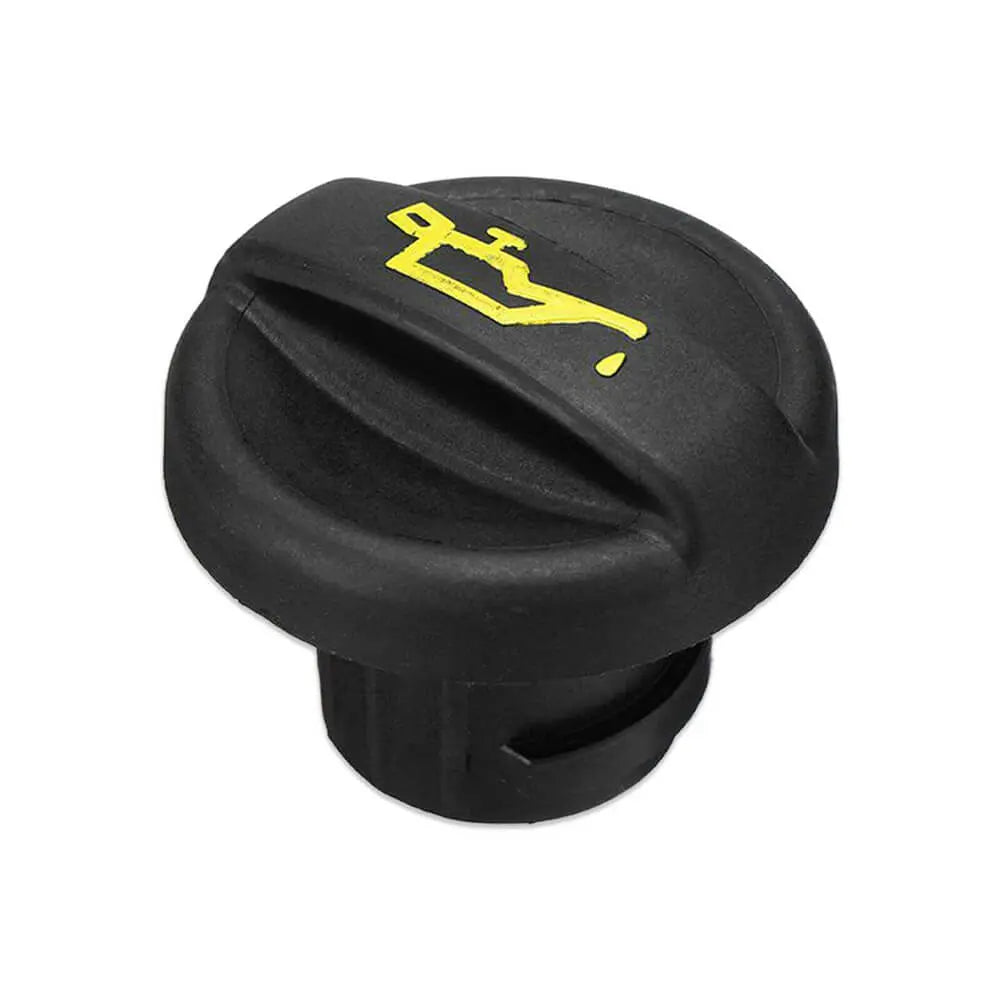Shop by Category
Oil Filler Cap
14 products
Showing 1 - 14 of 14 products
The Importance of the Oil Filler Cap for Your Car's Engine
When it comes to maintaining your car's engine, one often overlooked component is the oil filler cap. While seemingly insignificant, the oil filler cap plays a crucial role in protecting your engine and ensuring its optimal performance. In this article, we will explore the importance of the oil filler cap, its functions, and why regular inspection and maintenance are essential.What is an Oil Filler Cap?
The oil filler cap is a small component located on the top of the engine's oil reservoir or valve cover. It seals the oil reservoir, preventing dirt, debris, and contaminants from entering the engine, while also maintaining the correct pressure within the crankcase.Maintaining Oil Pressure:
The oil filler cap plays a vital role in maintaining the appropriate oil pressure within the engine. It is designed with a pressure relief valve that regulates the pressure buildup in the crankcase. If the pressure becomes too high, the relief valve allows excess pressure to escape, preventing damage to engine seals, gaskets, and other components.Preventing Contamination:
One of the primary functions of the oil filler cap is to prevent contaminants from entering the engine. The cap creates a tight seal that keeps dust, dirt, moisture, and other harmful particles from infiltrating the oil reservoir. Without a properly functioning oil filler cap, these contaminants can compromise the engine's performance and cause premature wear and tear.Preserving Oil Quality:
The oil filler cap also plays a role in preserving the quality of the engine oil. By preventing external elements from entering the oil reservoir, the cap helps maintain the oil's viscosity and lubricating properties. Contaminants in the oil can lead to increased friction, overheating, and reduced engine efficiency. Regularly inspecting the oil filler cap ensures that it is free from cracks, leaks, or any signs of damage that could compromise the oil's integrity.Signs of a Faulty Oil Filler Cap:
It's important to be aware of signs that indicate a faulty oil filler cap. These may include oil leaks around the cap, a loose or ill-fitting cap, a cracked or damaged cap, or a missing cap altogether. If you notice any of these issues, it's crucial to replace the cap promptly to avoid potential engine damage.Maintenance and Inspection:
To ensure your oil filler cap is in good working condition, regular maintenance and inspection are necessary. As part of your routine vehicle checks, examine the cap for any signs of wear, damage, or leaks. If you find any issues, replace the cap with a compatible and manufacturer-recommended replacement.While often overlooked, the oil filler cap is a small but essential component that contributes to the smooth operation and longevity of your car's engine. By maintaining proper oil pressure, preventing contamination, and preserving oil quality, the cap helps protect vital engine components and optimize performance. Regularly inspecting and maintaining the oil filler cap is a simple yet effective way to ensure your engine stays in top shape. Remember, a well-functioning oil filler cap goes a long way in safeguarding your engine's health and longevity.
Showing 1 - 14 of 14 products
Display
View
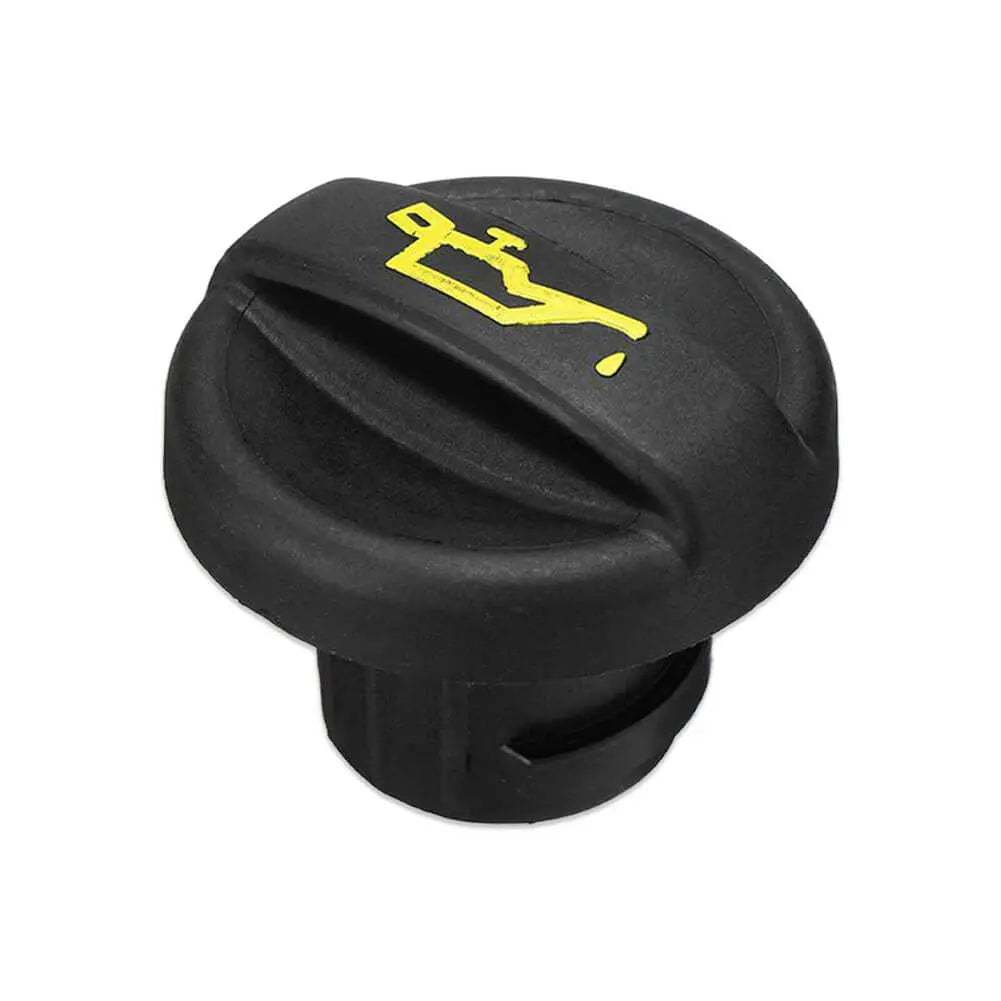
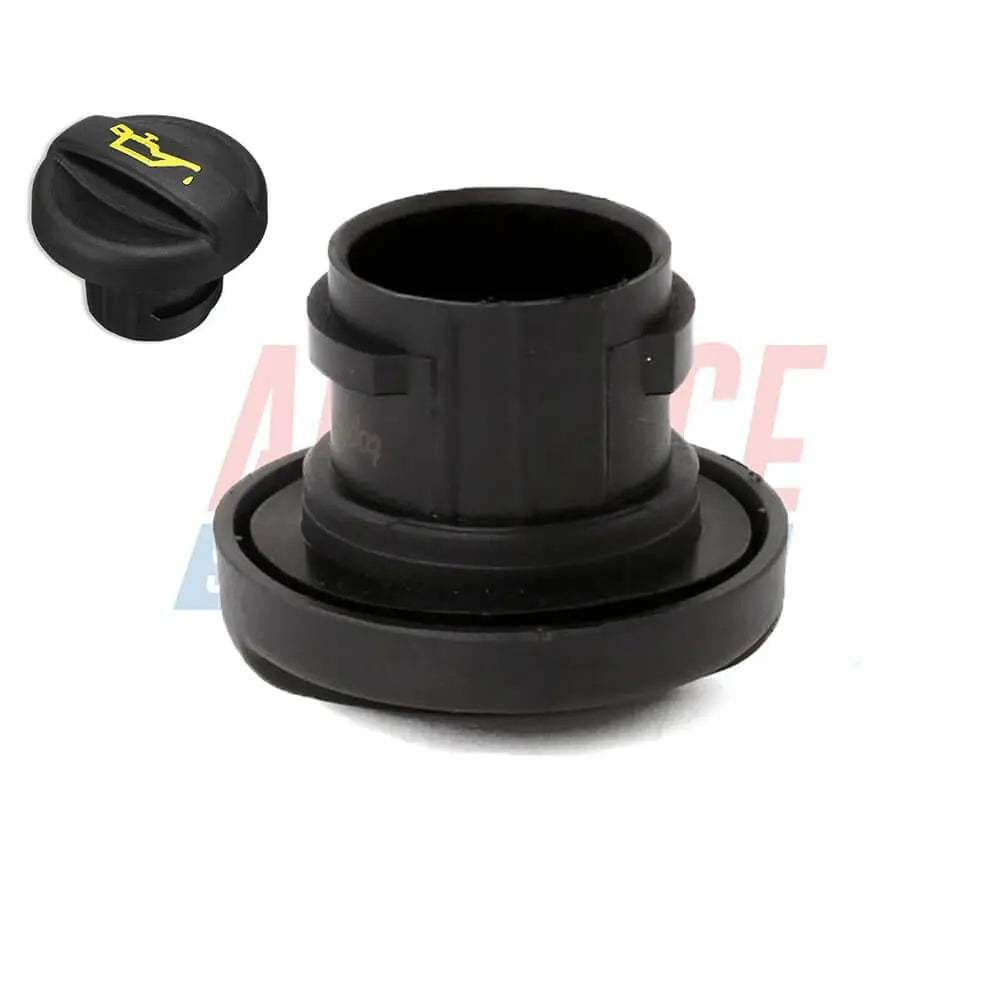
Engine Oil Filler Cap For Mini R55 R56 R57 R58 R59 R60 R61 - 11127572848, 11127582398, 1147687
Sale price£6.99
No reviews
In stock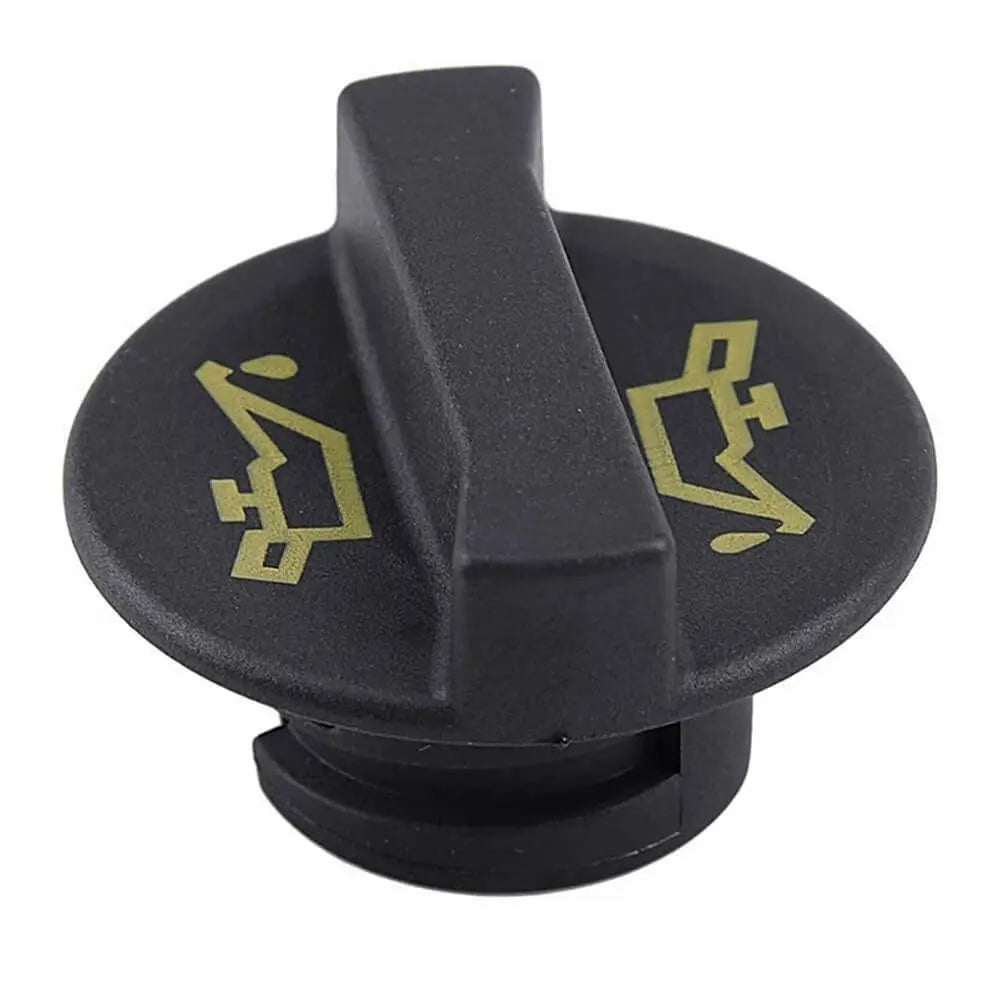
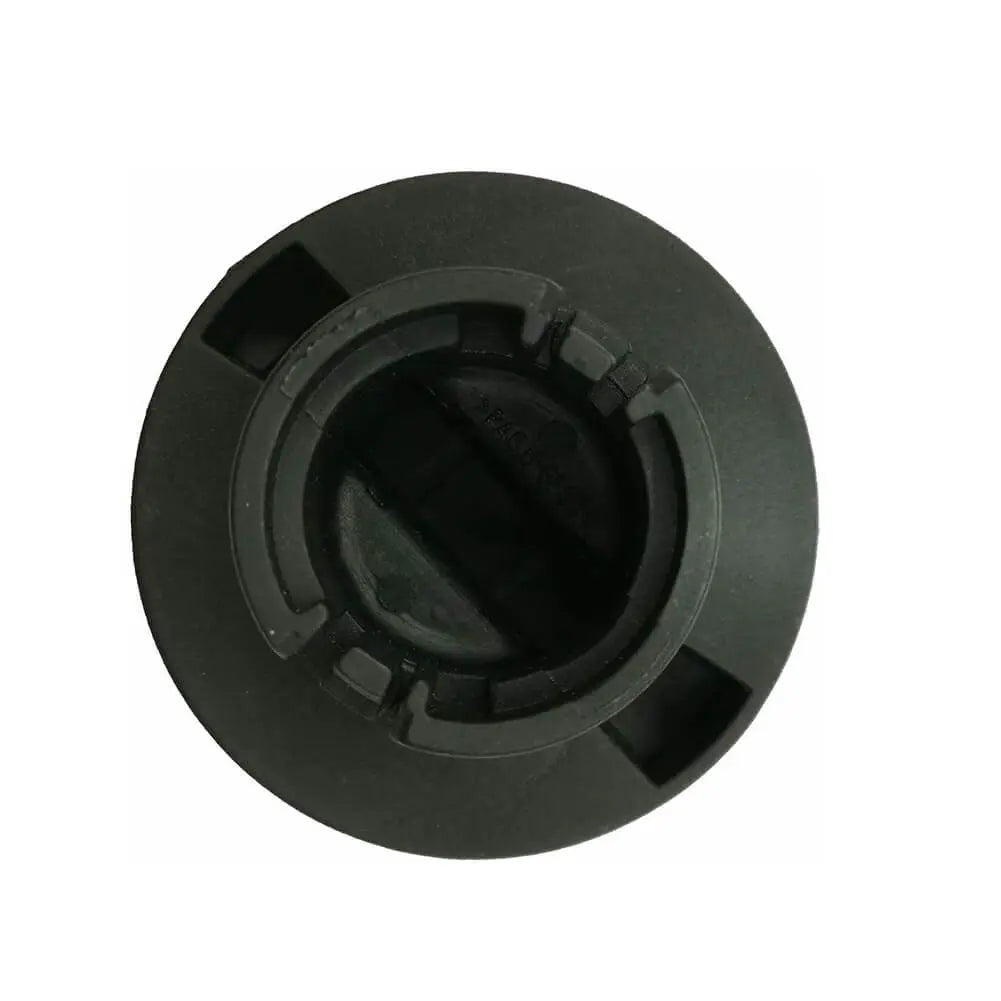
Oil Filler Cap For Fiat Ducato (2006 - Onwards) 9662149180, YS4G6766AA, 1135010, YS4G6766 AA
Sale price£6.99
No reviews
In stock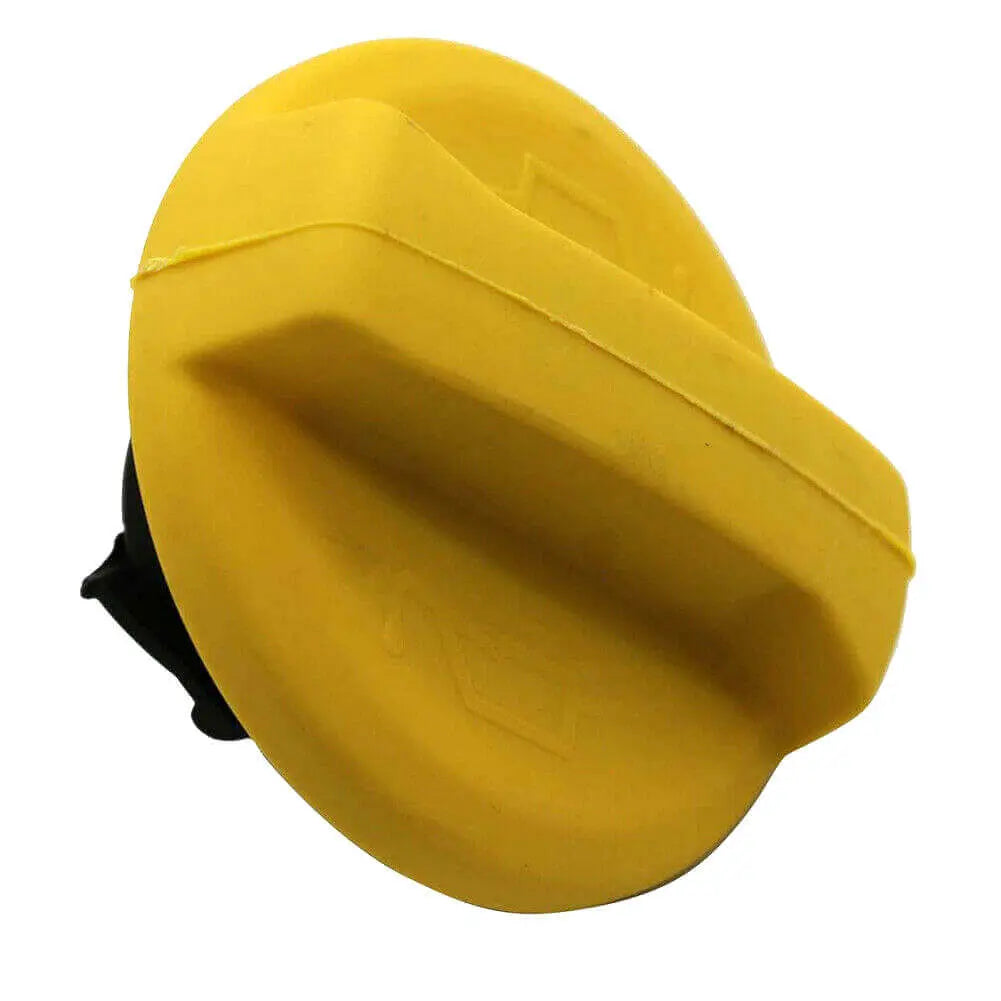
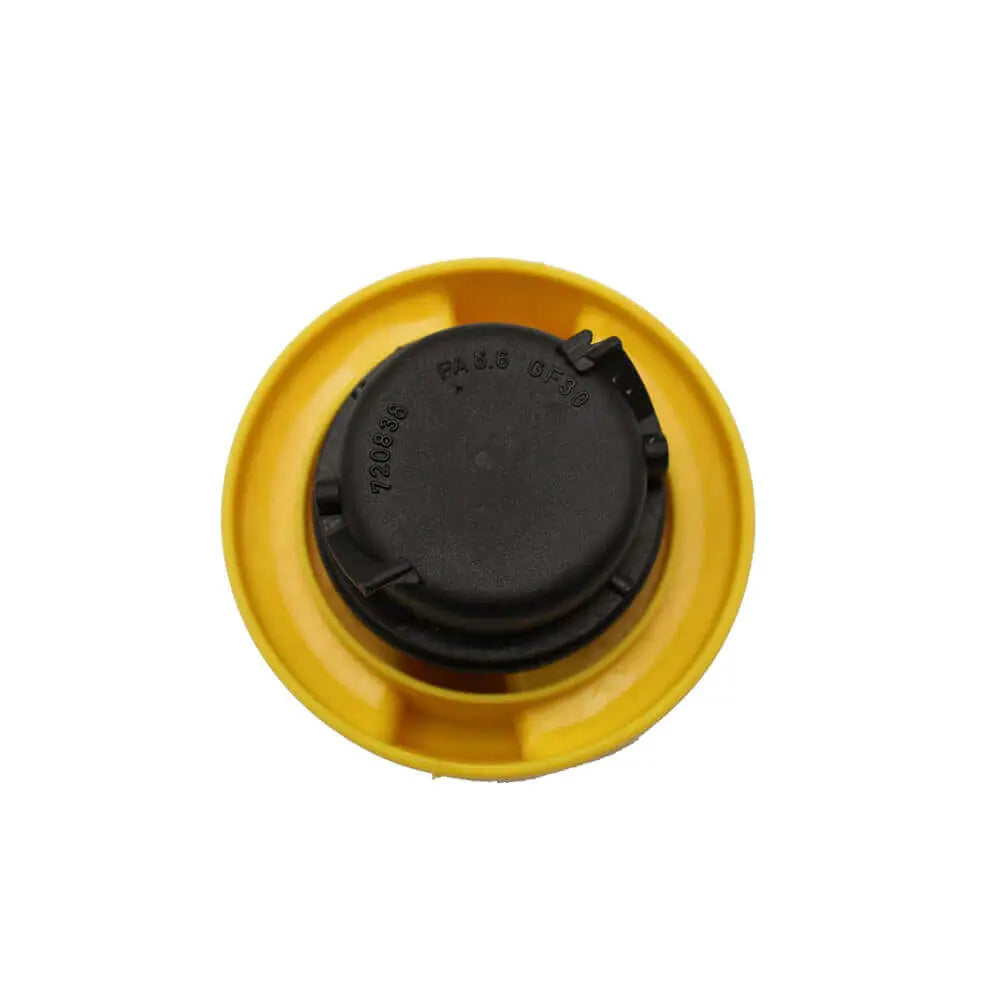
Oil Filler Cap For SAAB 9-3 (2004 - 2015) 90536291, 090536291, 90536292, 090536292
Sale price£7.95
No reviews
Sold out
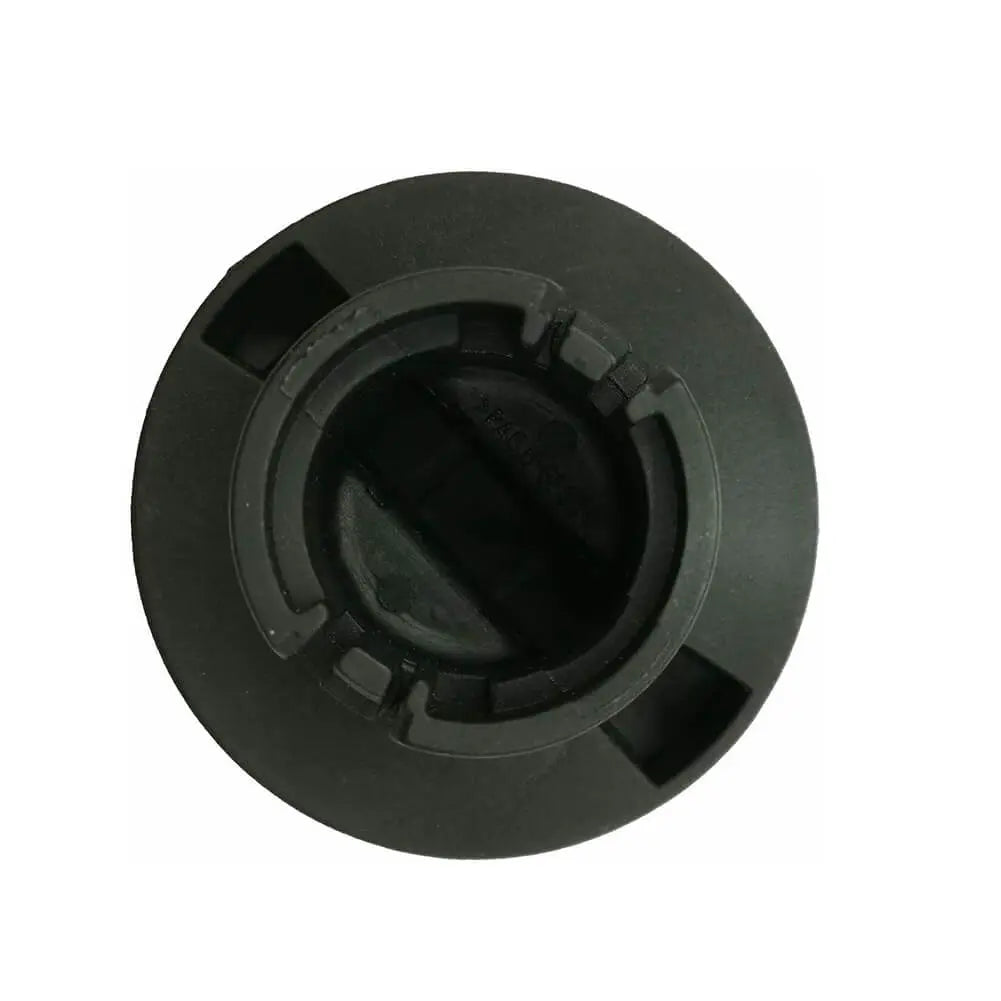
Oil Filler Cap For Peugeot Boxer (2006 - Onwards) 1180R1, YS4G6766AA, 1135010, 1674715
Sale price£6.99
No reviews
In stock

Oil Filler Cap For Citroen Relay (2006 - Onwards) 1180R1, 1674715, 1135010, YS4G6766AA
Sale price£6.99
No reviews
In stock
Filters (0)

